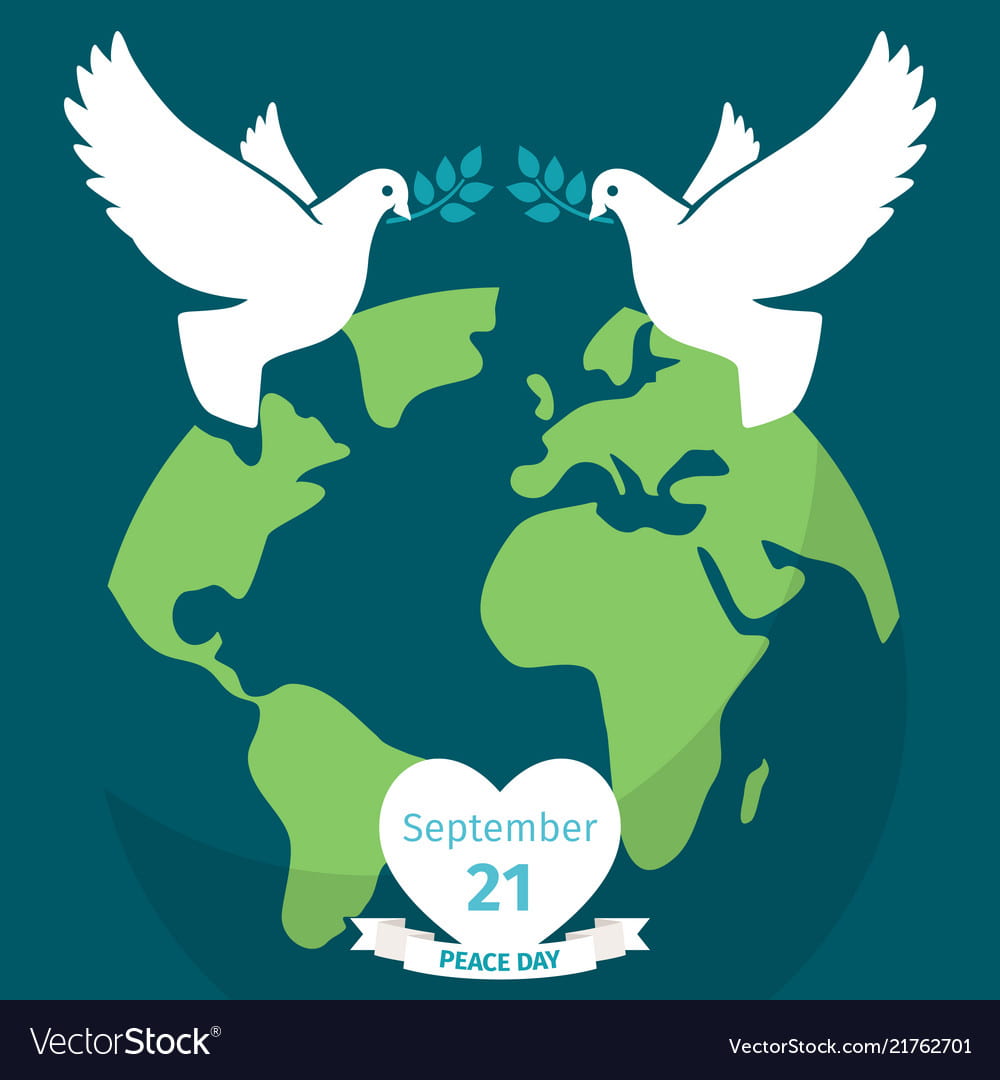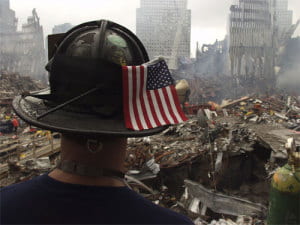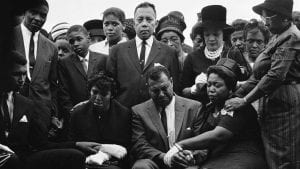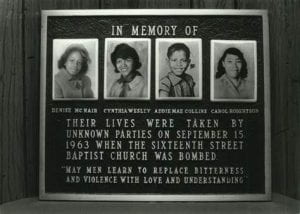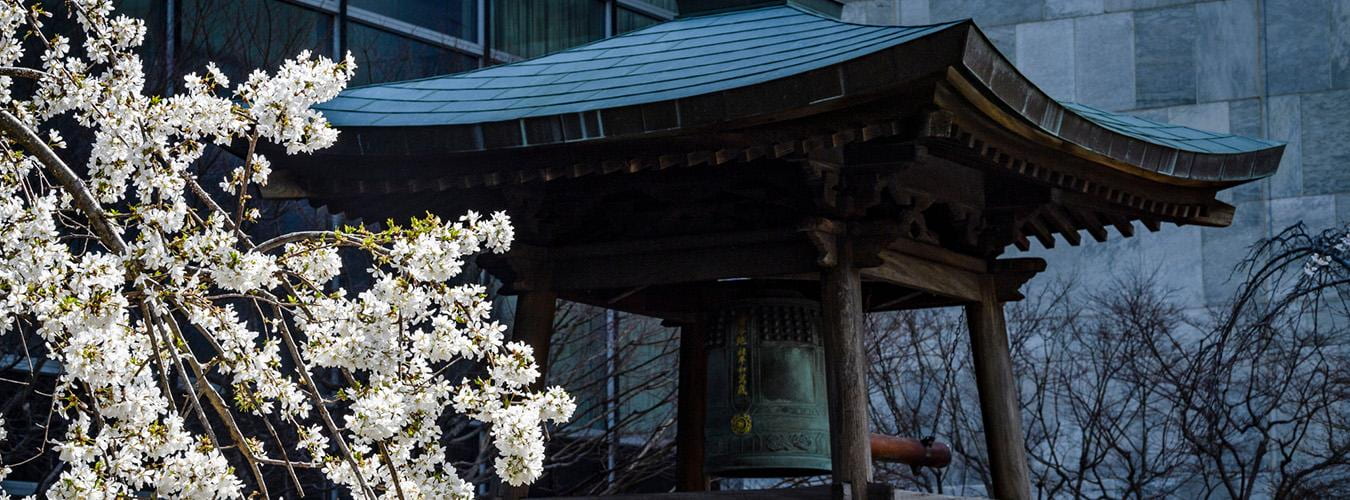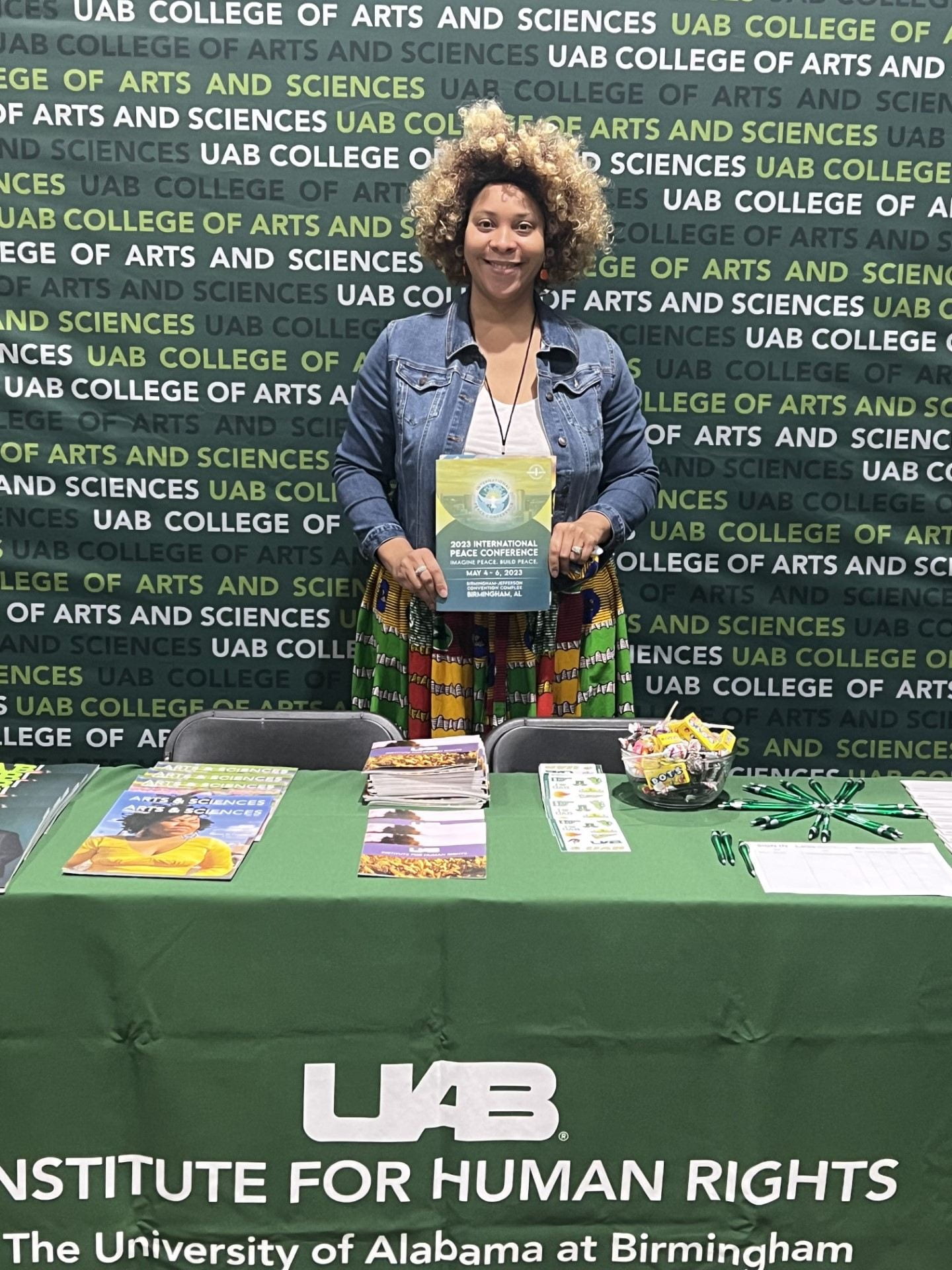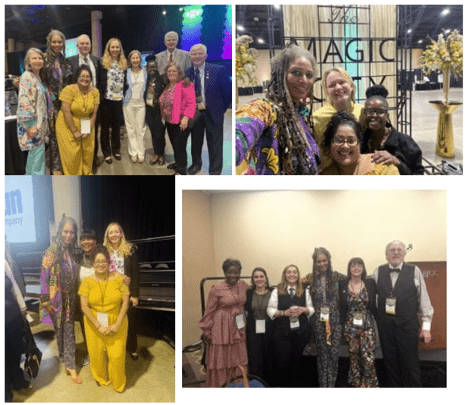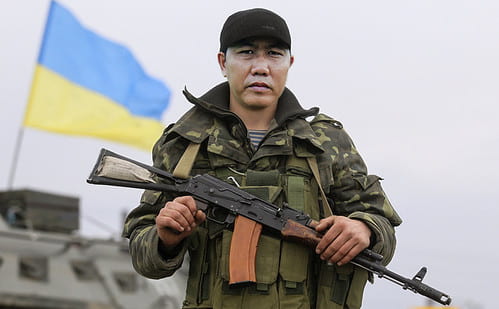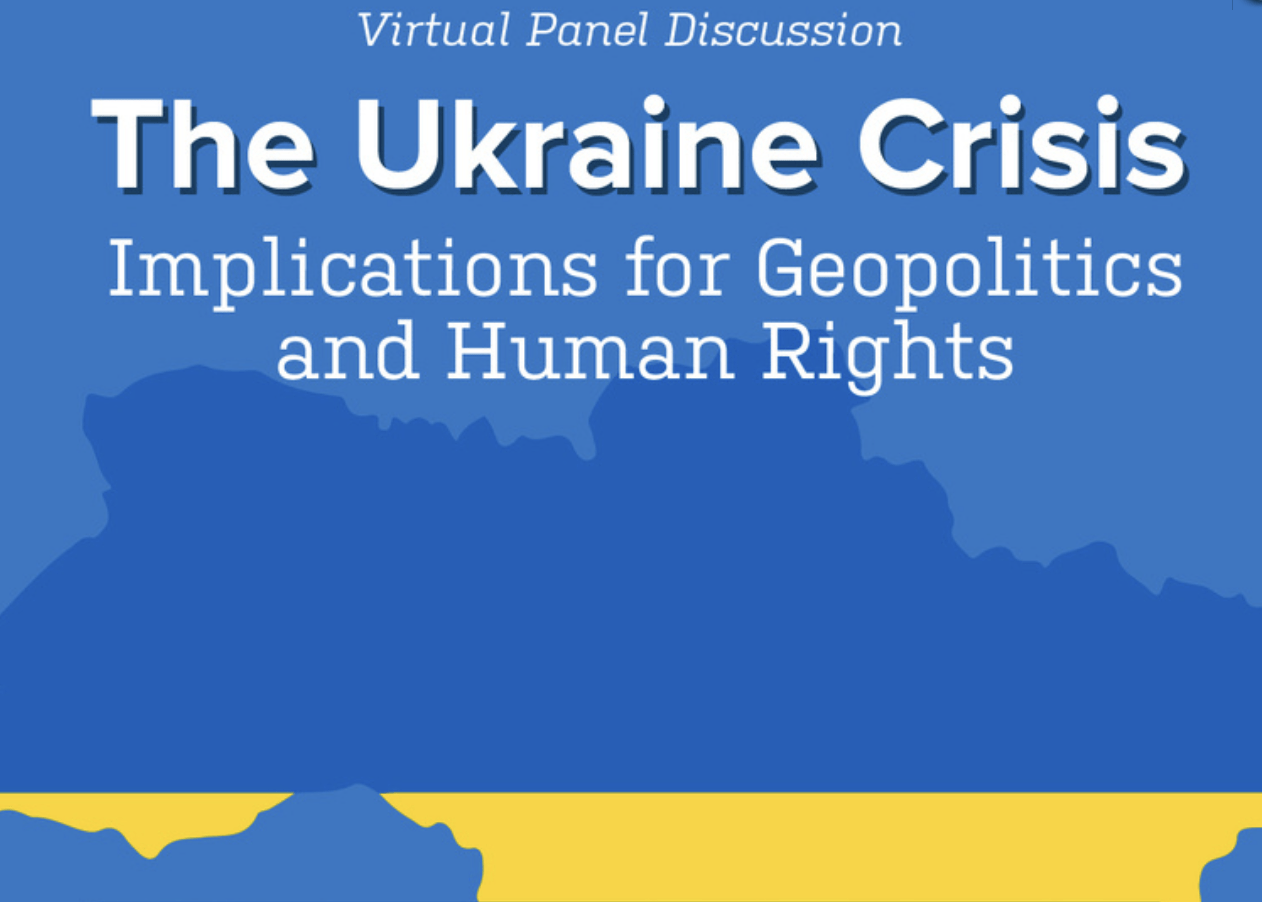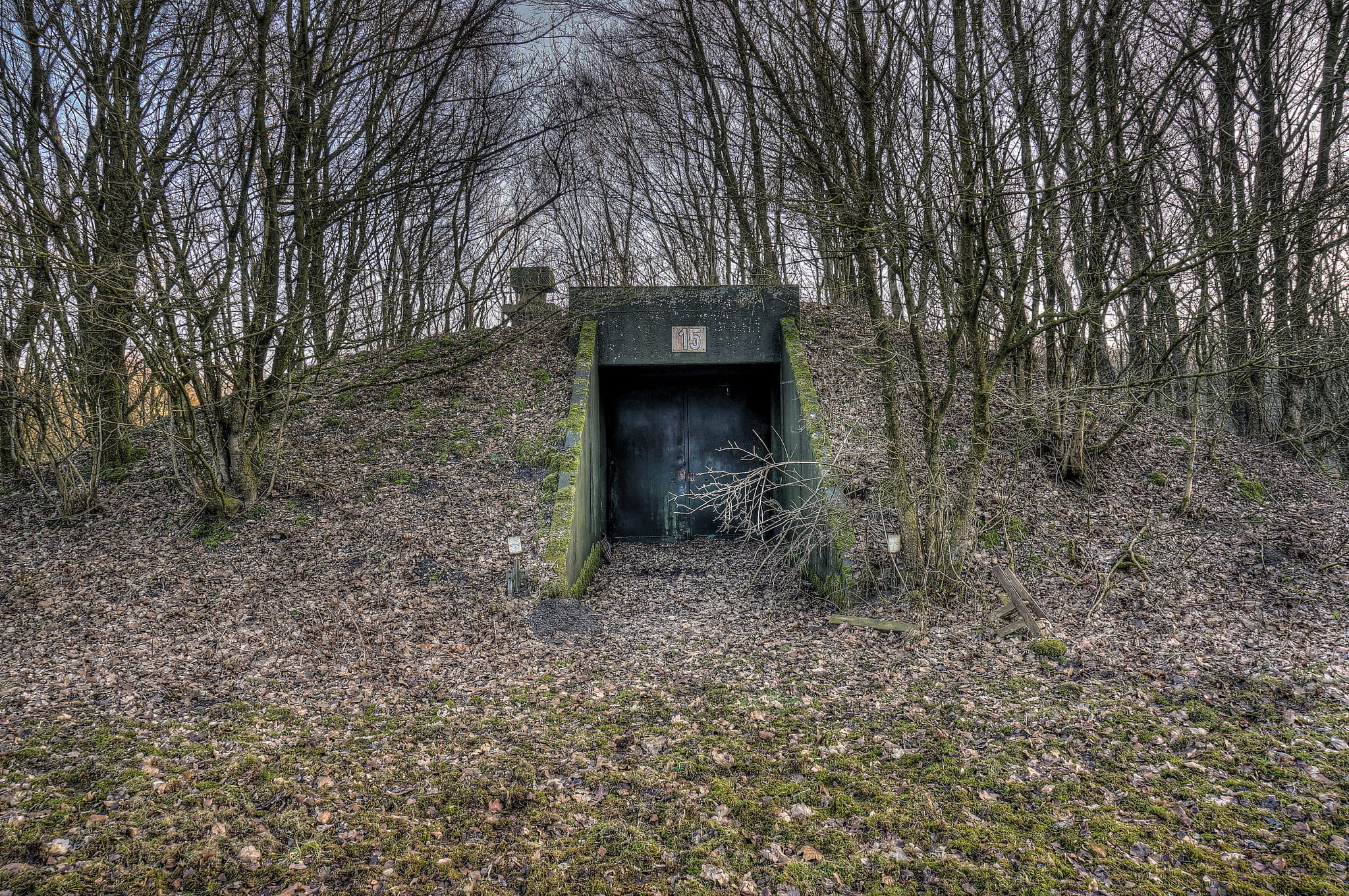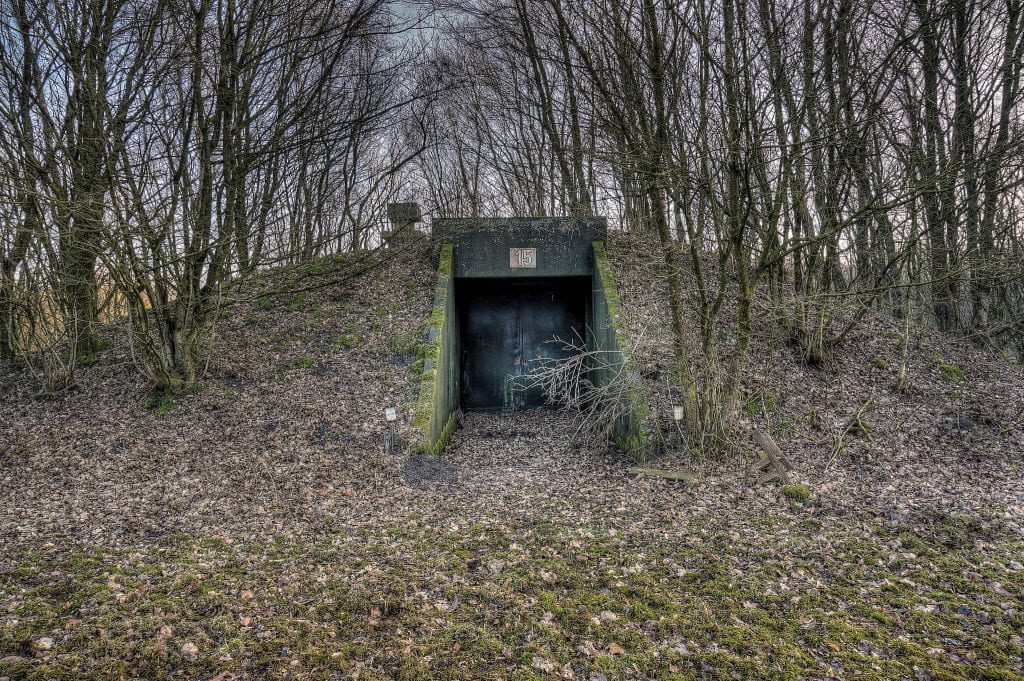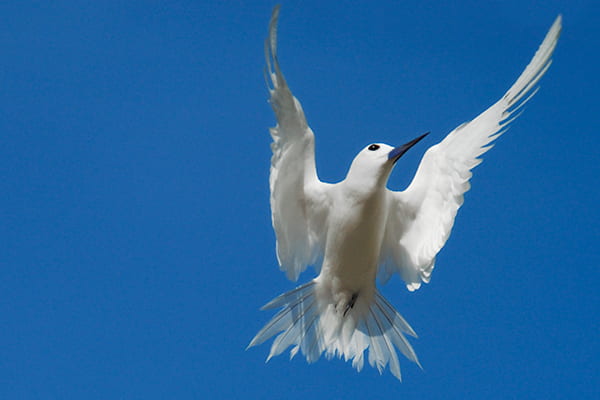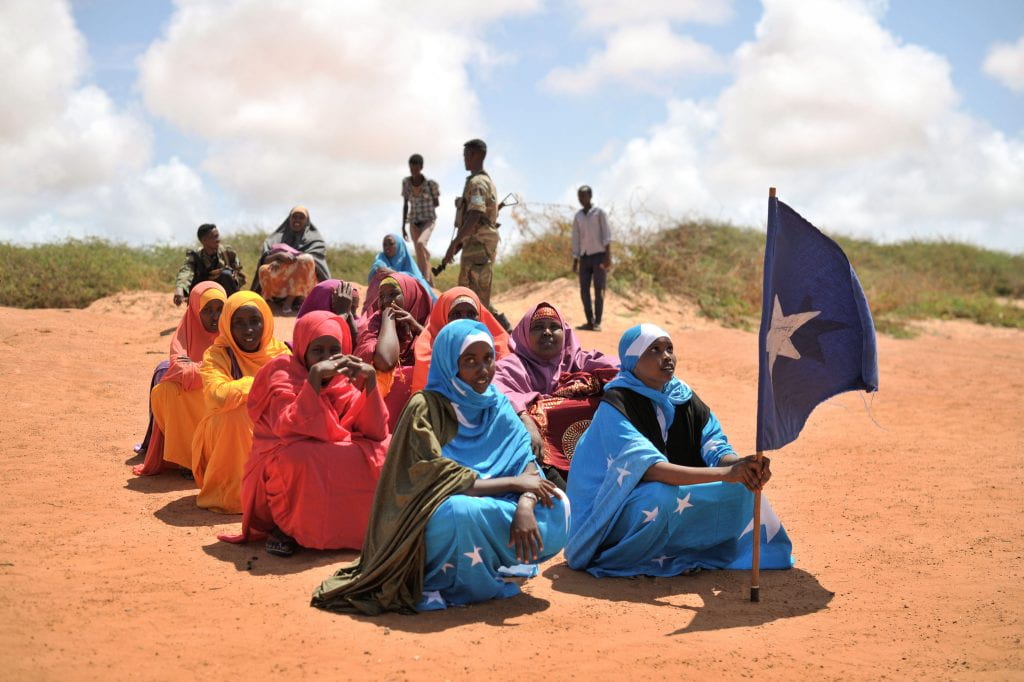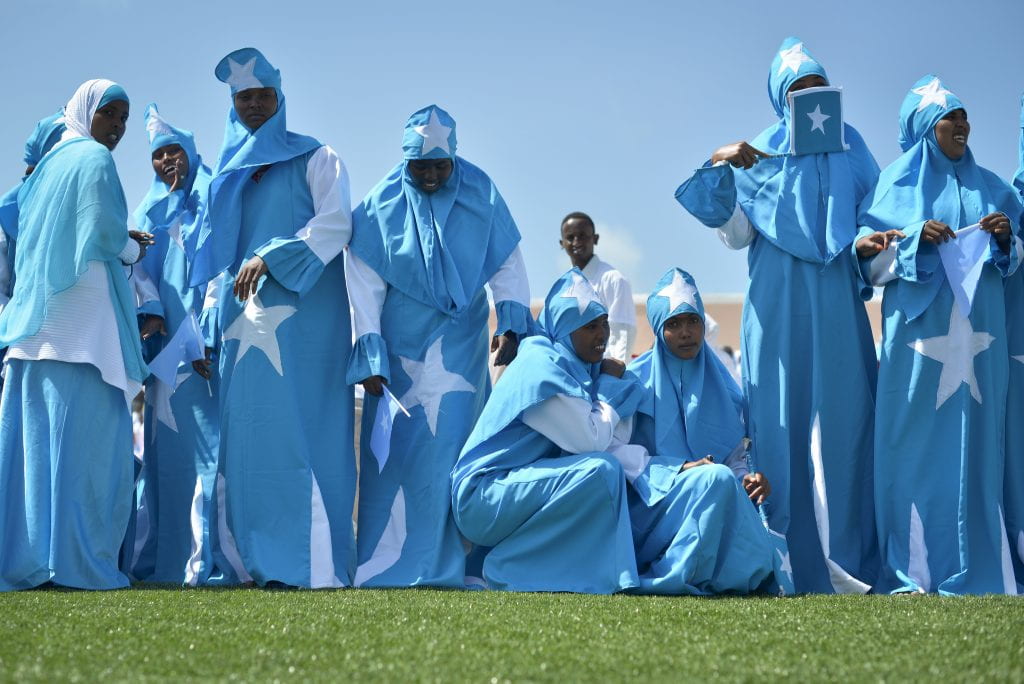What do you know about peace and peace-building processes? If you have previously studied the concept of peace, you may have encountered peace constitutions and their role in promoting both positive and negative peace.
In peace studies, peace is not limited to the absence of violence (negative peace); it also includes the social and economic institutions and structures that sustain societies (positive peace). In other words, as Martin Luther King put it in his response to an accusation that he was disturbing the peace during the Montgomery Bus Boycott, “True peace is not merely the absence of tension: it is the presence of justice.” Learn more about peace from the fifth edition of David P. Barash and Charles P. Webel’s Peace and Conflict Studies, which elaborates on the aspects of positive peace, historical and current conflicts, nationalism, and terrorism.

Constitution-building is the process of creating or amending that involves negotiating, drafting, and implementing fundamental principles and frameworks for a nation to work, according to PeaceRep. Peace agreements can be a constitution or have the constitution included within them. Charlotte Fiedler from the German Institute of Development and Sustainability analyzes the effects of writing a new constitution after conflict. This political scientist argues that constitution-making is part of the peace-building process, and empirical evidence indicates that it allows countries to start anew with a new governance framework, rethink previous regimes, and, therefore, improve their societal peace outlook. According to Fiedler, post-conflict constitutions are linked to trust-building, meaning that longer constitution-making processes are more successful in sustaining peace than shorter, forced processes. Both Japan’s and Costa Rica’s peace constitutions were drafted after conflicts, and both countries have seen respective benefits.
Japan’s Postwar Constitution
The 1947 constitution introduced more power to Japanese society by placing the military under civilian control, granting new rights to women, and reformulating the responsibilities of the imperial family. After WWII, Japanese cities were devastated, and post-conflict planning started. The U.S. diplomat Hugh Borton, who was part of these plans, claimed that Japan needed a new one: “to truly steer away from the imperial institution.” The Japanese wanted to amend their 1889 Meiji Constitution, but the Allies didn’t think this was enough. Therefore, General MacArthur created three principles to serve as an outline for a new constitution: no longer being able to wage war, a parliamentary system, and more power to the people.
After a lot of back and forth between the Supreme Commander of the Allied Powers staff (SCAP), the Japanese cabinet, and the first post-war general election, a new constitution was drafted. The SCAP included in Article 9 that Japan would renounce the use of force as a tool for addressing international issues. Some agreed with this article, showing Japan’s commitment to peace, but others weren’t keen on the idea. Ultimately, it was amended to read that Japan would not keep armed forces strong enough for any acts of aggression
Article 9 of the Japanese Constitution includes a no-war clause, in which the government renounces war as a means of sovereignty and refuses to settle disputes using military force. It also includes wording such as “We, the Japanese people, desire peace for all time… we have determined to preserve our security and existence, trusting in the justice and faith of the peace-loving peoples of the world.” Because of the language in it, the constitution played a major role in shaping Japan’s national identity of pacifism.
Lessons from Japan

As established in “Peace in Theory and Practice” under Article 9 of Japan’s Constitution, a review by Lawrence W. Beer, an expert on the politics of Japan and other Asian countries, reveals a few lessons that these peace constitutions teach the world. First, a renunciation of war is acceptable, desirable, and realistic. Second, the military does not have to be the center of international and national planning; instead, the economy, democracy, human rights, and the environment should be the center of national security concerns. Third, major peaceful changes in culture and system are possible even in the most nationalist, military-driven nations. Despite these efforts and lessons, some government officials have worked to reinstate a stronger military force and larger access to arms. Hence, time will tell how Japan will uphold its pacifist identity.
Costa Rican Constitution
Costa Rica committed to peace and democracy after years of internal conflict and unrest. Early on, after gaining independence from Spain, Costa Rica focused on its internal development, avoiding prolonged conflicts and opting for defense rather than aggression. After a period of peace when the military focused on maintaining internal order, Federico Tinoco seized power through a coup and established an authoritarian rule heavily dependent on military power. Tinoco was not well received, and this dictatorship affected public opinion on the military and its role in society. The event that pushed Costa Rica to make its final decision to abolish its military was the 1948 Civil War, which left thousands dead and had people urging for a peaceful country. The aftermath of the civil war led to the decision that same year.

The codification of the 1949 constitution declared Costa Rica a neutral nation, prohibiting the use of force by its army. Article 12 states, “The Army as a permanent institution is abolished,” and instructs the funds to be allocated to public welfare programs instead. What was before the job of the military became the job of the civilian police force, whose main objective is community policing and human rights?
Finally, the Costa Rican Constitution, in Article 50, guarantees the right to live in a healthy and environmentally balanced environment, making both the state and the public responsible for conserving their natural resources. Following this article, the country has passed legislation to address fishing and mining, as well as utilizing renewable sources for a large portion of its energy.
Lessons from Costa Rica
Without the burden of military expenditure, Costa Rica was able to focus more on its social services, providing better resources for its nation. This investment in education and healthcare resulted in one of the highest literacy rates in Latin America and a healthcare system with universal coverage for its citizens. What’s more, fund reallocation allowed for the development of tourism, technology, and environmental conservation. Although a lot of money and arms are still poured into the police, the shift to a more peaceful and sustainable society is evident. Ultimately, Costa Rica’s stance on peace has had an impact on the nation’s structure and its reputation in the international arena.
These two countries are not the only ones with limitations on their military forces. Iceland, Mauritius, Panama, and Vanuatu have also decided to abandon the use of the military and instead rely on alliances, diplomatic relations, and geographical isolation for national defense. For other countries and territories, such as Micronesia, defense is the responsibility of others. For example, Monaco’s defense is the responsibility of France, while the Faroe Islands are under the responsibility of Denmark.
Leaning away from raising armies for aggression may improve international harmony. How it would affect internal conflict is an aspect to consider. Moreover, the logistics of maintaining a defense army, such as limitations on size and allies, are also important factors in this conversation. A peace constitution that abolishes the military may not be a popular reform in bigger countries such as the U.S., Russia, and China. Less threat of attacks may allow for further distancing from military expenditure. Ultimately, a peace constitution not only addresses negative peace but also leads to positive peace as resources are reallocated to fit the new goals and structure of each nation.

